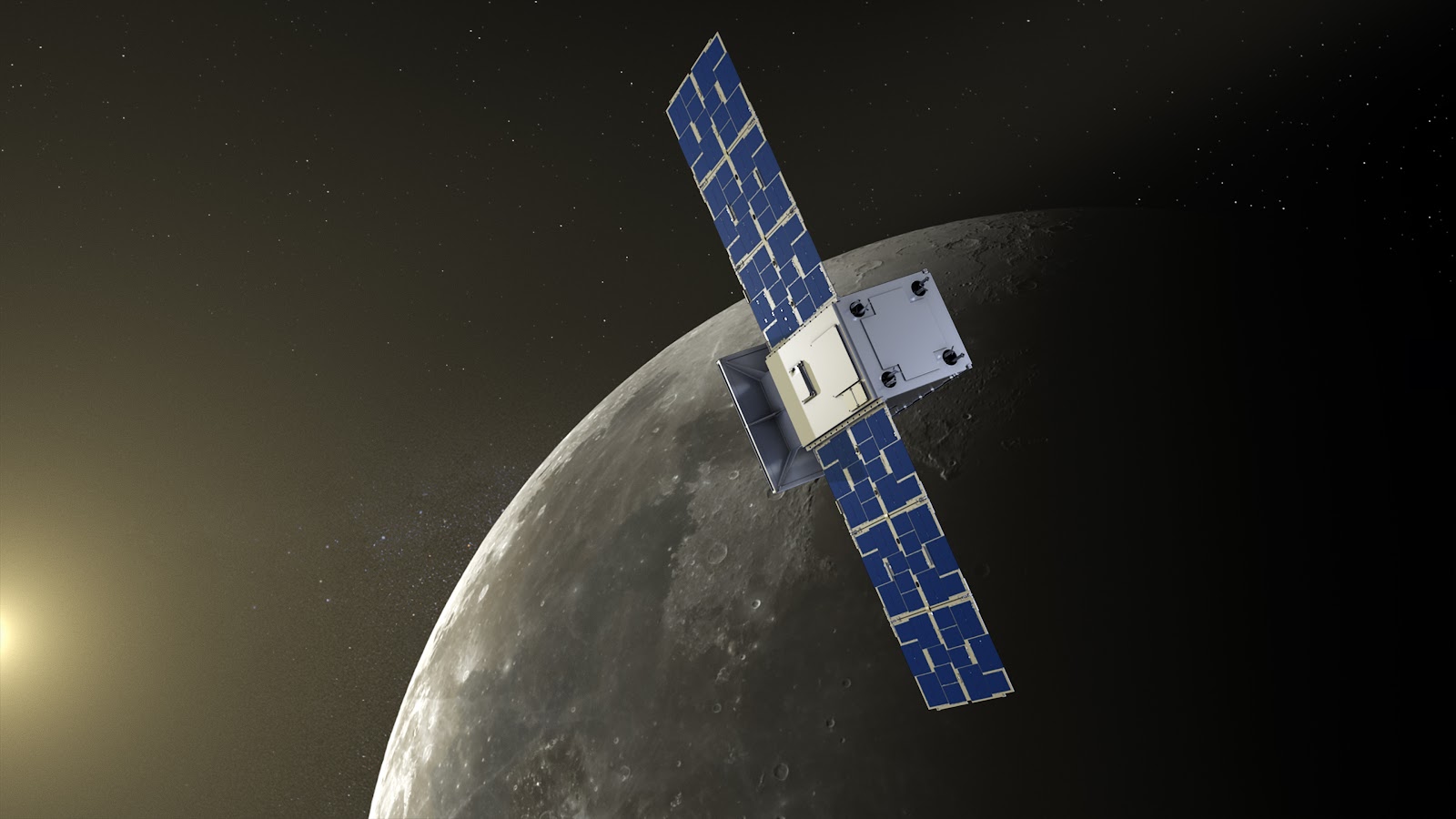CAPSTONE: How a microwave sized spacecraft is bringing humanity back to the Moon.
As I write this article a plucky little spacecraft is nearing its final destination around the moon after 4 and a half months in deep space. And this hasn’t been plain star-sailing for the microwave sized satellite called CAPSTONE (Cislunar Autonomous Positioning System Technology Operations and Navigation Experiment). It has the lofty tittle of being the first mission of NASA’s Artemis program, which aims to return humanity to the Moon after a 50 year absence since the Apollo missions. This is a vast program spanning hundreds of companies and countries all over world. CAPSTONE is that one small step, before the giant leap that is creating a sustained presence on another world.
What is its aim?
Launched on a dedicated Rocket lab Electron on the 28th of June, CAPSTONE’s mission is to validate the Near-Rectilinear Halo orbit (NRHO) around the moon that will be inhabited by NASA’s new space station around the moon, the lunar gateway. The gateway station is a key part of the Artemis mission architecture where crews will first visit before descending further to the lunar surface. It acts as a strong communication relay and provides facilites for extra lunar science to be performed without carrying it all the way down to the lunar regolith.
Orbits around the moon are very complicated due to its “lumpy” gravitational field, which twists and distorts a spacecrafts orbit before it crashes into the lunar surface. This is because without all the erosive process that take place on Earth, the moons surface, have extreme variations in terrain with deep craters like Hyginus right next to soaring mountain ranges like Rupes Altai. This lead to many orbits being considered for this next generation space station but eventually the Near-Rectilinear Halo orbit was decided upon. A rectilinear orbit contains no angular momentum, so is a straight line soaring straight up and straight down from its parent body. The opposite of this would be a perfectly circular orbit with little to no distinction between the high and low points of an Orbit. So a Near-Rectilinear Orbit is a highly eccentric orbit with a low point only a few thousand kilometres above the lunar surface and a high point reaching 70,000 kilometres high. This was chosen as it means the station spends the majority of its time high above the South Pole of the moon, where most of the Artemis mission are targeting, to provide near constant oversight and communications. A Halo orbit is an orbit that follows a halo like path around a point in space where the gravitational pull and angular momentum balance out to create a stable point in space. Other spacecraft like the famous James Webb Space Telescope orbit these points known as Lagrange Points. This property was chosen for Gateways orbit as it means it provides constant line of sight to earth as it is also twisted by Earths Gravitational field. This differs from the Apollo missions who periodically lost contact with Earth as they passed behind the Moon every 2 hours. As you can see this orbit is extremely complex and needed verification of NASA’s models before a billion dollar space station was sent there. And that’s where CAPSTONE comes in.
The Launch.
Another groundbreaking part of this mission was how it eventually got itself to the moon. Instead of being launched on a large expensive rocket, the small spacecraft was launched on Rocket Lab’s electron, a small satellite launch vehicle only 18m tall and costing $7.5 million, which is peanuts in the world of Launch were billion dollar contracts are being handed out. But this small rocket wasn’t able to throw the 25kg spacecraft all the way to the moon. That’s where the hidden star of the show comes in, the lunar photon. This is a spacecraft all in itself, with solar panels and radiation hardened electronics, but the main star of the show is the green Bi-Propellent hyper curie engine. This provided the main kick needed to boost CAPSTONE out of low Earth orbit into its ballistic lunar transfer. It did this in multiple smaller burns to increase efficiency from the Oberth effect. This is particularly groundbreaking as it allows usually expensive interplanetary missions to be launched at a fraction of the cost with a small launch vehicle and using an increasingly popular CubeSat format. Rocket Lab will use this capability in other mission such as the first private mission to Venus to look for signs of life. And all this is possible with the Photon Spacecraft.
But this journey wasn’t without hiccups, as we will explore next week in addition to, hopefully, confirmation of successful orbital insertion.



Comments
Post a Comment